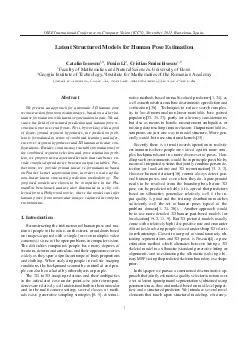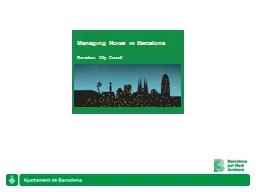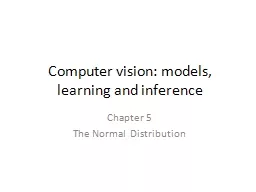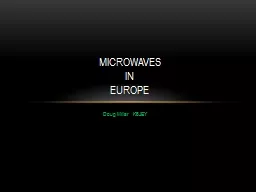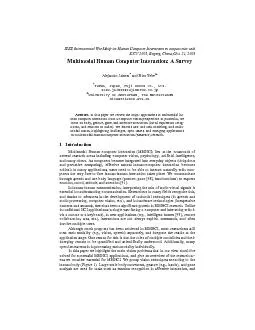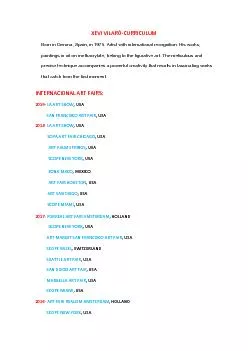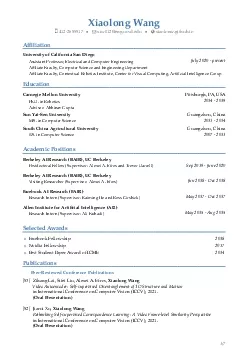PDF-IEEE International Conference on Computer Vision ICCV N ovember Barcelona Spain
Author : debby-jeon | Published Date : 2014-12-12
Latent Structured Models for Human Pose Estimation Catalin Ionescu Fuxin Li Cristian Sminchisescu Faculty of Mathematics and Natural Sciences University of Bonn
Presentation Embed Code
Download Presentation
Download Presentation The PPT/PDF document "IEEE International Conference on Compute..." is the property of its rightful owner. Permission is granted to download and print the materials on this website for personal, non-commercial use only, and to display it on your personal computer provided you do not modify the materials and that you retain all copyright notices contained in the materials. By downloading content from our website, you accept the terms of this agreement.
IEEE International Conference on Computer Vision ICCV N ovember Barcelona Spain: Transcript
Download Rules Of Document
"IEEE International Conference on Computer Vision ICCV N ovember Barcelona Spain"The content belongs to its owner. You may download and print it for personal use, without modification, and keep all copyright notices. By downloading, you agree to these terms.
Related Documents

